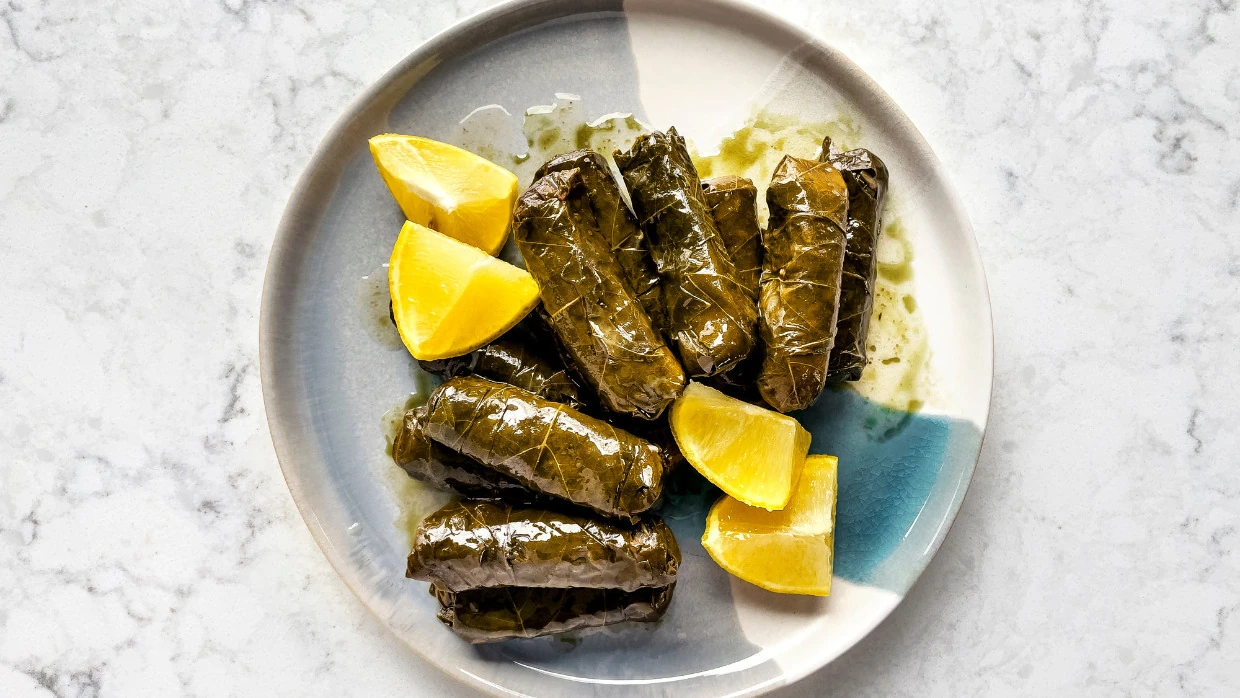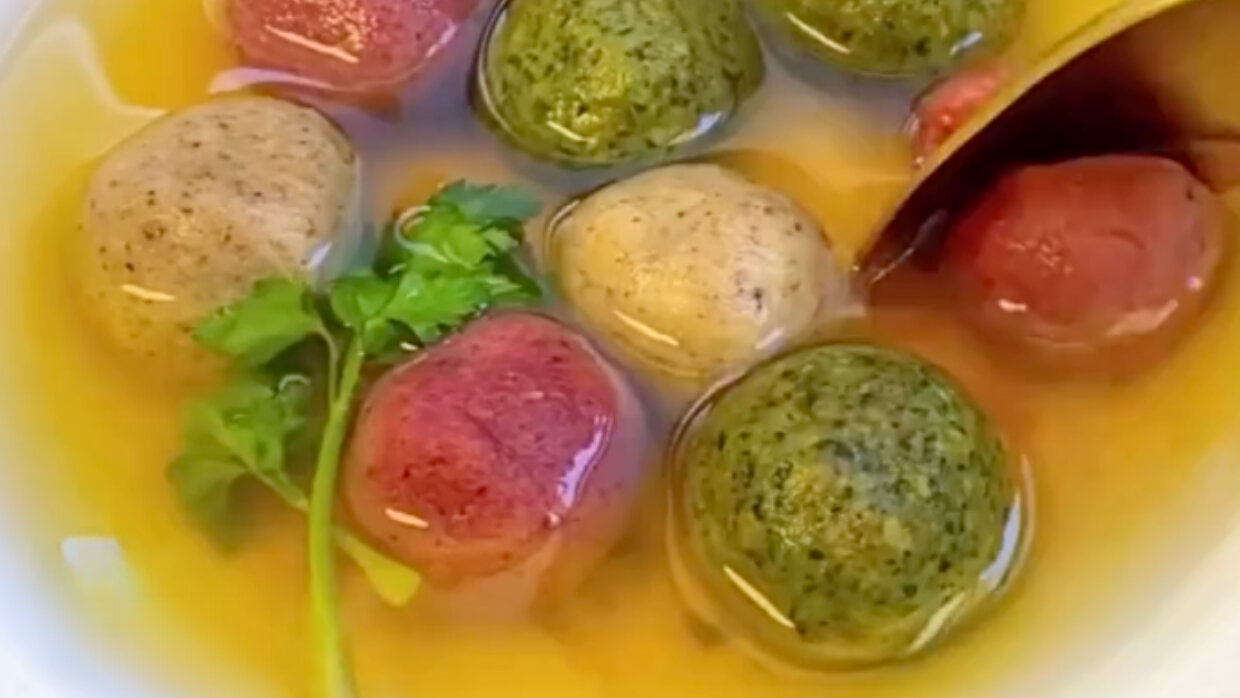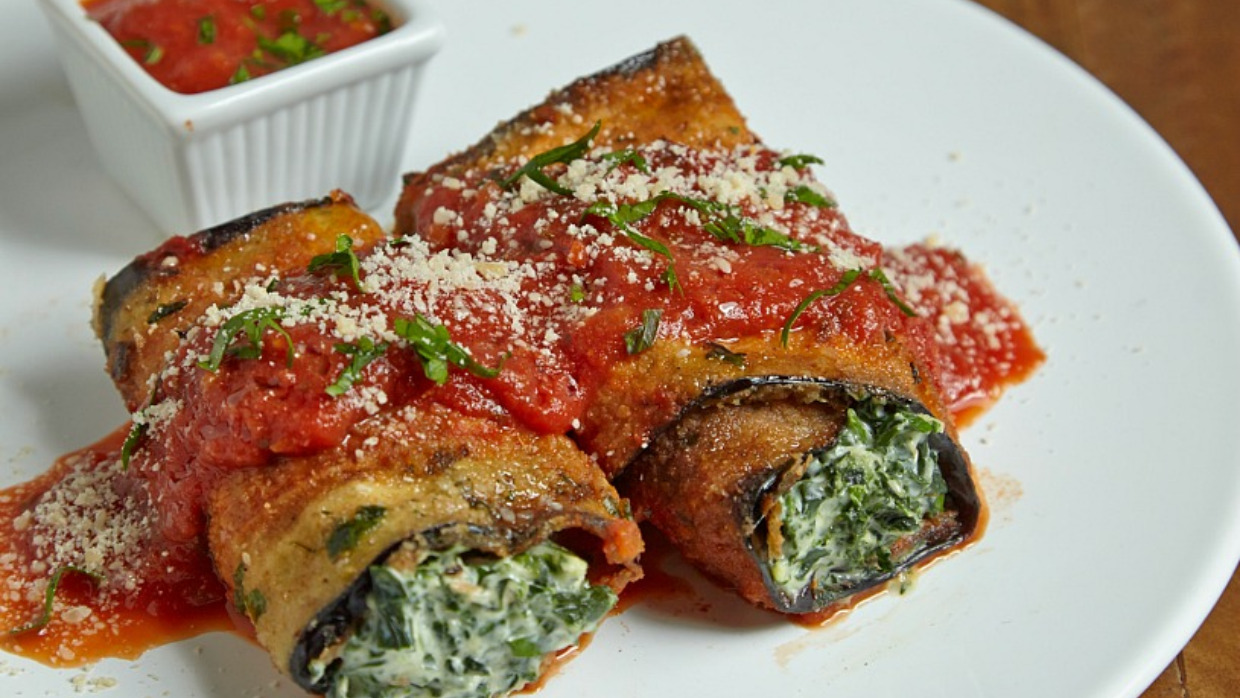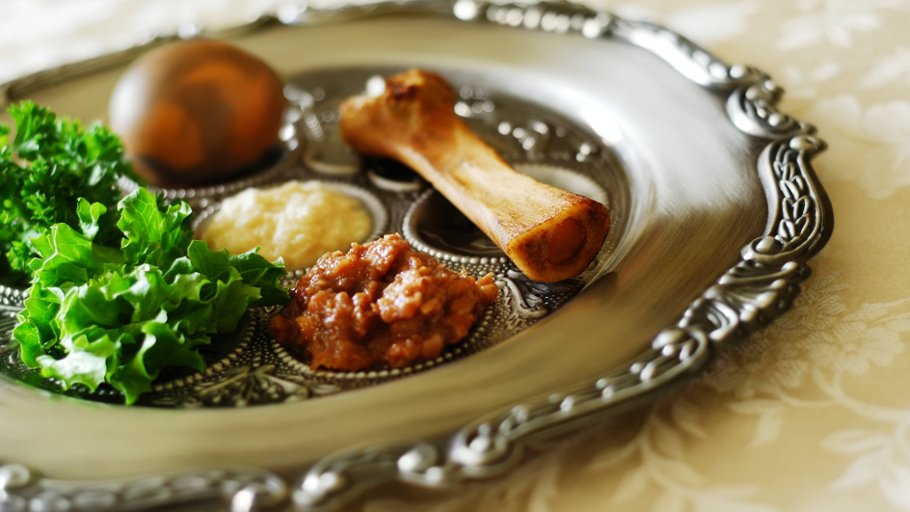Whether you call them Dolmades, Yaprakes, Sarma, Warak Enab, or just grape leaves, these fun-sized parcels offer an explosion of flavors and a rich history that transcends borders.
It's long overdue that we embark on a culinary journey into the delectable universe of stuffed grape leaves, uncovering their pivotal role in Sephardi Jewish cuisine, exploring tantalizing variations, and discovering the health benefits neatly wrapped within.
Origins
Stuffed vegetables are abundant on traditional tables in the Middle East, the Levant, and on the eastern side of the Mediterranean. They can be filled with everything from ground meat to grains. However, one stuffed dish stands above them all - grape leaves. The first stuffed grape leaf was prepared in Thebes, an ancient town along the Nile River. Residents would stuff seasonal spiced meat and vegetables into grape vine leaves to make a big plate perfect for family gatherings and communal celebrations.
After Alexander the Great and his soldiers conquered the Egyptian city of Thebes in 330 BC, this dish joined them on their conquests when his soldiers fell in love with the tart and savory combination and brought it with them on their long journeys as part of their survival diet. They introduced this dish to neighboring countries like their homeland, Greece, and the newly conquered Turkey. There, they prepared it with minced lamb, rice, currants, and dill.
The two main types of stuffed grape leaves are with grain and with meat. Grape leaves made without meat are sometimes called yalanci, from the Turkish meaning "false/liar." These "lying" grape leaves are trendy among Jews, because they can be eaten alongside both dairy or meat meals.
In Jewish Cuisine
In every Jewish home, an unwritten rule echoes - food must never be wasted. This principle, rooted in Jewish scripture and concepts like "Bal Tashchis" (do not waste), posed a challenge with virtually inedible grape leaves. It wasn't until residents of Thebes began to fill the leaves with leftover grains and leave them to simmer in a pot until tender that the typically discarded and unwanted leaves were elevated into a succulent dish enjoyed by millions. What was once discarded had now been transformed into a succulent dish, promptly adopted by Jewish households, championing resourcefulness.
During the latter half of the millennia, the Ottomans worked to hone and refine the art of stuffed vegetables, transforming peasant fare into the food of kings, with each nation putting its unique spin on the dish. In Lebanese cuisine, rice and ground lamb are used in tandem with tomatoes to serve as the filling, traditionally served at room temperature. Croatians look for a kick in their dolmades and traditionally serve them alongside a horseradish dip. Serbians serve a special variation composed of rice, onions, potatoes, walnuts, and spices. Iraqi Jews use a sweet and sour sauce on their dolmades for a tangy flavor that differs from the traditional lemony preparation. Grape leaves typically find themselves on Mezze platters, large plates of finger foods served at large gatherings and the Shabbat table.
"This is a festive dish that is prepared for special events and Shavuot," Mali Even Hen, a Kurdish Jewish chef, notes. The process is labor-intensive, but the recipe makes a large batch, which is ideal for feeding crowds during a holiday. "Because so much work is involved in rolling the leaves, one by one," explains Mali. "In our family and also among friends people really look forward to this dish — [it] disappears in an instant."
One of the factors that made stuffed grape leaves a hit in Sephardi Jewish households was that they could be prepared ahead of time and served on Shabbat. The rice-stuffed grape leaves are generally enjoyed cold, while most meat-filled leaves are served warm. Another big reason grape leaves have become an integral part of the Mediterranean diet is their health benefits. It provides a good source of vitamins A and K, iron, calcium, and dietary fiber. Stuffed grape leaves are also packed with antioxidants, which makes it a great way to get protein, carbs, and vitamins in one neatly wrapped package.
We can taste the centuries of history and flavors bursting forth, from finding a way to use a tough food scrap to creating a completely new and inventive savory snack for the Friday night Mezze platter.
In each small bite of stuffed grape leaves, we're not just indulging in a culinary delight but biting into living history. Stuffed grape leaves are a testament to ingenuity, a nod to resourcefulness, an introduction to zero waste cooking and a celebration of communal joy. In each meticulously rolled leaf lies the echo of family gatherings, the whispers of ancient recipes, and the resilience of a culture that turns leftovers into legacies.
Try making your own grape leaves with our Stuffed Grape Leaves recipe.















